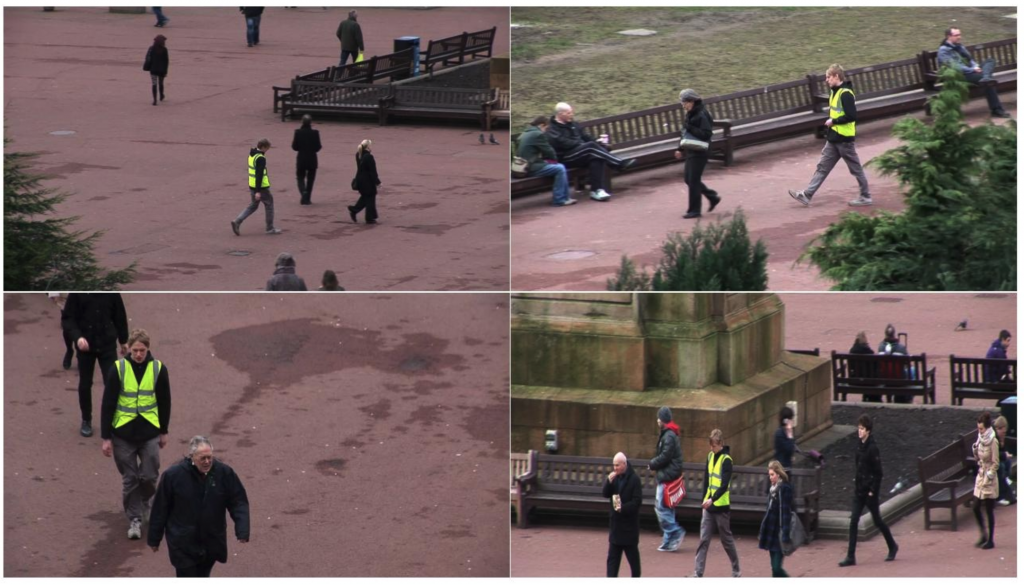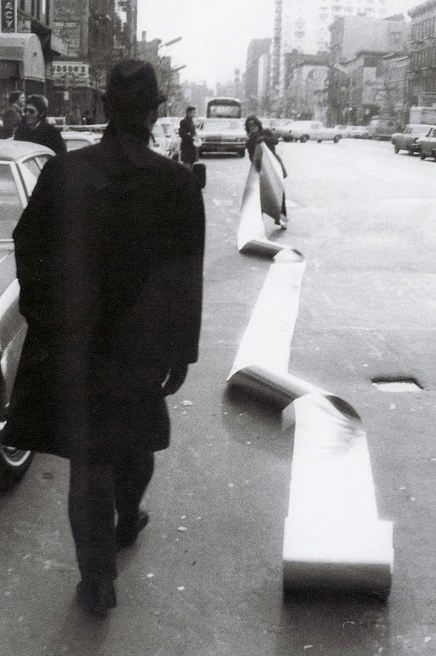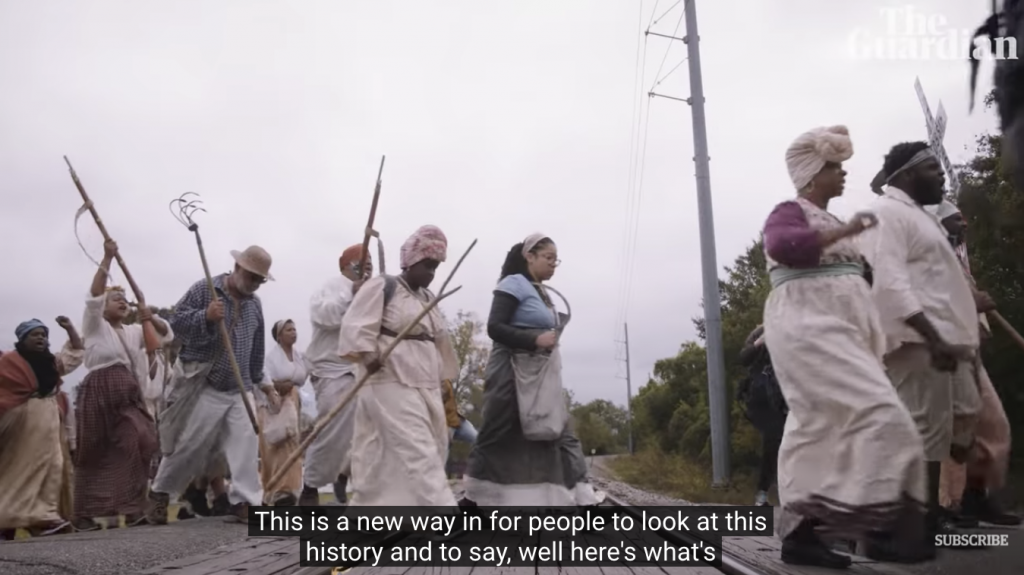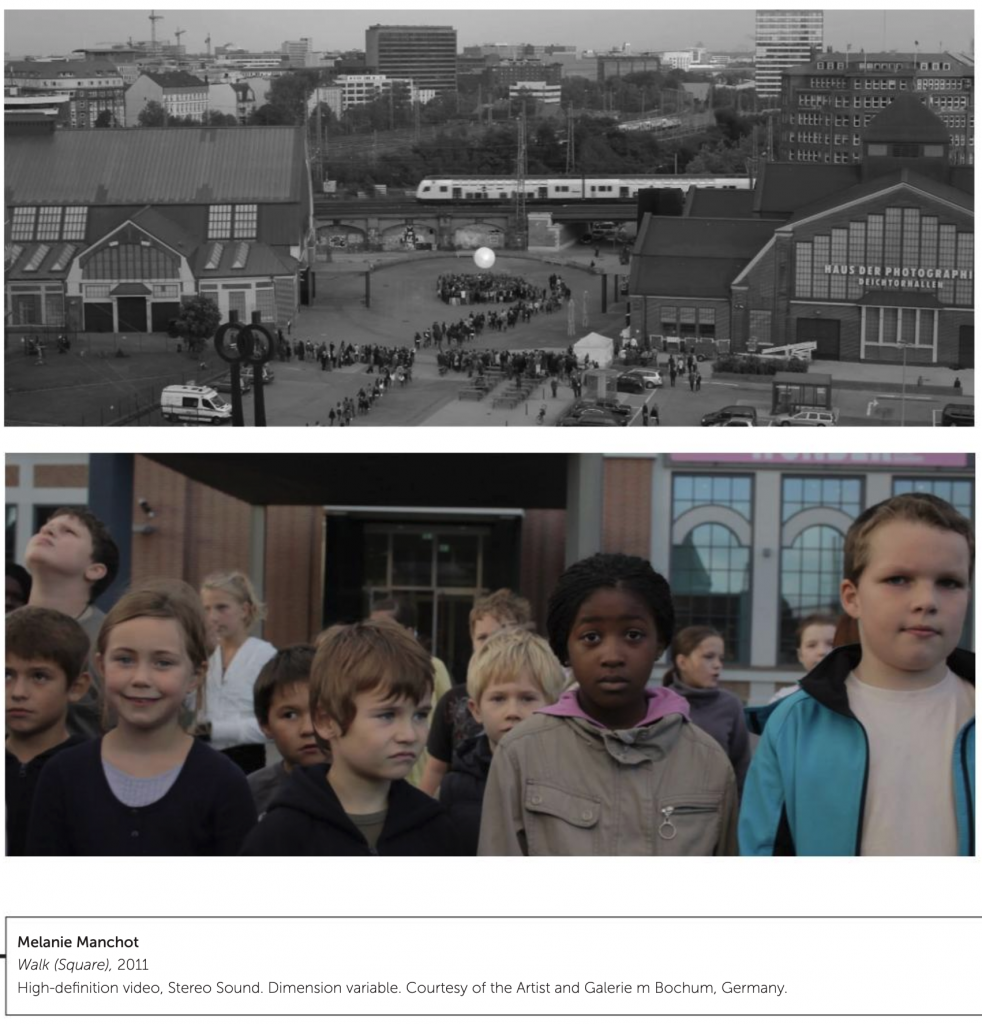
Bradley Davies “Echoing Movements” 2012
[credit]
“Bradley Davies’s work is a kind of re-enactment of Vito Acconci’s seminal performance work ‘Following’ (1969). Acconci created a set of instructions which he had to follow to create a work. ‘Following’ saw the artist follow a random individual through the streets of New York until he could no longer do so, at which point he chose another individual at the location he found himself, throughout the day. However, Acconci’s photographs were created retrospectively: they were ‘staged’ rather than documentary images.
Davies’s work is, therefore, a reconstruction of a work which only ever really existed in the artist’s head, and which can only be known through images shaped and edited for our consumption subsequently. Davies’s work is also created for an age in which CCTV cameras are now endemic in urban space: walking in the city is impossible to undertake without being observed almost constantly. Britain, in particular, has more CCTV cameras per head of population than any other nation. Accordingly, any attempt to create ‘Following’ today would be quite different: the artist would be seen hundreds of times by security cameras – and his potentially threatening behavior recorded as evidence throughout the duration of the work. Davies’s work acknowledges this – our point of view being precisely that of a CCTV camera.”
Echoing Movements, 2012, film from Bradley Davies on Vimeo.
“Echoing Movements is a performance/exercise that looks at the gap between an artist, its subjects, and its viewers, from the studio to the public domain.” [credit]





